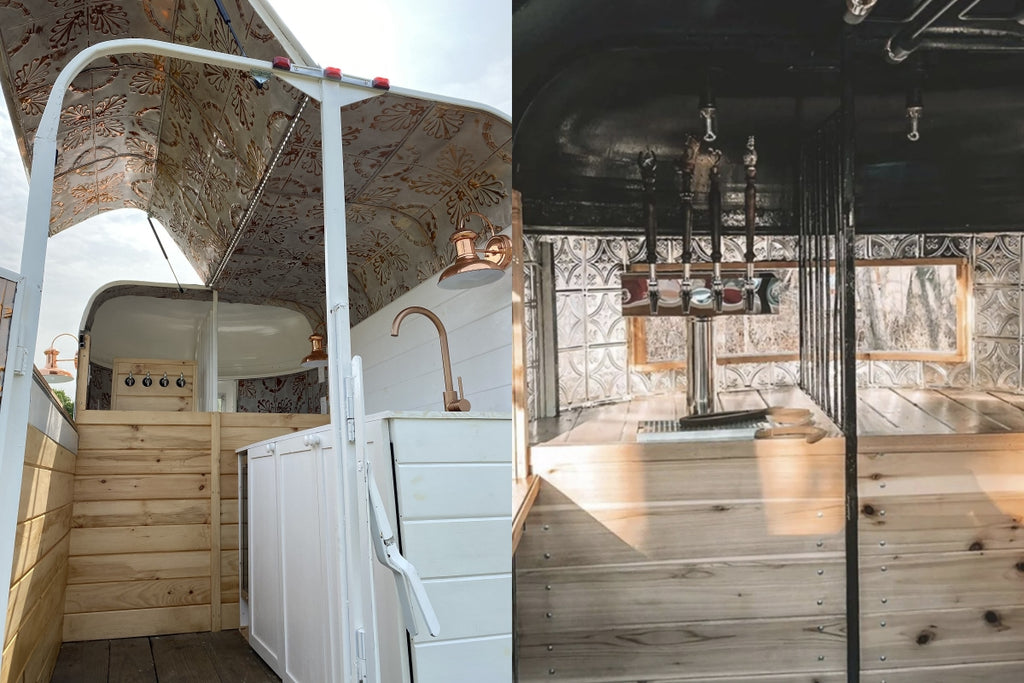
Curved Ceilings: A Symphony of Architecture and Elegance

Curved ceilings can add a unique and visually appealing element to interior spaces, offering a sense of architectural interest and sophistication. They can also be tricky to navigate. The right preparation and materials make all the difference.
Here are some things to consider about curved ceilings.
Why Curves?
Movement
Curved ceilings can create a sense of flow and movement within a space. Organic shapes in furniture and architecture is hot right now and will make the perfect addition to your space.
Space
Curved ceilings not only break away from traditional flat ceilings but they create a feeling of spaciousness. They can elevate low ceilings and make small spaces feel larger.
Style
Curves work with just about any design style. You can see them in ultra-traditional Victorian designs all the way to mid-century modern designs. They can evoke a modern, elegant, or even a more organic and natural ambiance., adding visual interest to your space.

Types of Curved Ceilings
Barrel Vault
This type of curved ceiling resembles the interior of a barrel, creating a continuous curved surface from one end to the other.
Dome
A dome-shaped ceiling curves upward and inward, often creating a sense of grandeur or openness in larger spaces.
Coved Ceiling
Coved ceilings feature a gentle curve where the wall meets the ceiling, providing a softer transition compared to sharp corners.

Materials for Curved Ceilings
Drywall
Curved ceilings can be constructed using curved drywall sheets, which can be bent or shaped to achieve the desired curvature.
Wood
Wood panels or planks can also be used to create curved ceilings, offering warmth and natural appeal.
Metal
Metal panels can be utilized for contemporary or industrial-themed curved ceilings. Or if you want to go in a more decorative or vintage direction, tin panels can be installed on a curve.
Plaster
Plaster can be molded and shaped into various curves and designs for intricate and custom-made curved ceilings.
Metal Panel Ceilings Installed on a Curve
Flexible metal ceiling tiles are one of the easiest ways to refresh an existing curved ceiling. The tin tiles are pliable and can be flexed to fit snug against your curves with very little effort.

For instance, this horse trailer-turned-beverage-food-truck was nothing but curves, and tin tile handled it flawlessly. The project by Hudson Trailer Co. Inspired another project, a mobile boutique with distressed copper tin tile coating the interior.

Beautiful café, Dolce Marie, had a vertical curved counter. The vintage vibes of distressed tin was the perfect match and installation was a snap.

The barrel curves of the Grand River Station were no match for our pliable tin panels. A classic pattern in gold made this space step into the 21st century without losing its roots.

Influencer, Theresa LaRue used flexible metal ceiling panels when remodeling a bathroom She installed the tin herself and expressed that tin made this stand-out space not only gorgeous, but was an easy install.

Building a Curved Ceiling
Structural Considerations
When designing a curved ceiling, it's important to consider structural integrity, especially if creating a large curved surface. Support systems, frameworks, or structural elements may be necessary to ensure stability and safety.
Professional Expertise
Creating curved ceilings often requires specialized skills and experience in architectural design and construction. Consulting with architects, designers, or contractors experienced in working with curved surfaces is advisable to achieve the desired results.
Curved ceilings can significantly impact the visual appeal and atmosphere of a space. Whether used in residential homes, commercial buildings, or architectural landmarks, they offer a unique design element that can transform the perception of an interior.



